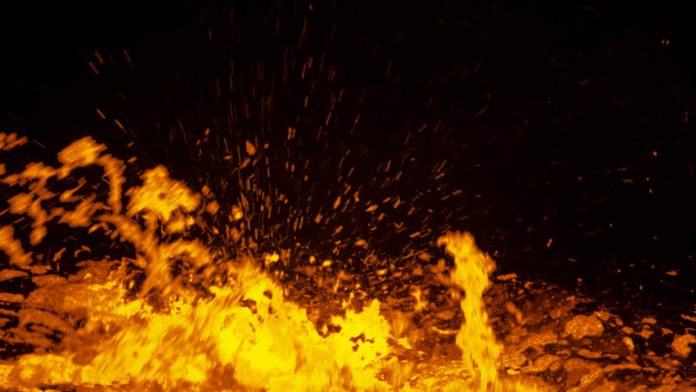The Axial Seamount, an undersea volcano located about 700 miles northwest of San Francisco, could erupt by the end of this year, according to scientists. Discovered in the 1980s, Axial Seamount is the most active undersea volcano near California and is closely monitored by researchers. It has erupted three times since its discovery, in 1998, 2011, and 2015.
Despite its activity, Axial Seamount poses no threat of a tsunami or explosive eruption, as its eruptions are similar to those of Hawaiian volcanoes, oozing lava rather than erupting explosively. Bill Chadwick, a research associate at Oregon State University, explained that the volcano is located on a ridge where the Juan de Fuca and Pacific tectonic plates spread apart, creating new seafloor and causing frequent eruptions.
The volcano’s eruptions are predicted by observing cycles of inflation and deflation of the seafloor. As magma accumulates, the seafloor rises, and when it erupts, the seafloor drops. Chadwick and his colleague Scott Nooner have been able to predict past eruptions by monitoring these changes.
While the volcano’s activity is closely watched, it is not expected to cause any significant impact on marine life or humans due to its depth and distance from shore. However, the heat and minerals released during eruptions create hydrothermal vents that support unique ecosystems on the ocean floor.
The Axial Seamount is part of a larger monitoring effort by the Ocean Observatories Initiative, which uses an extensive network of instruments to study underwater volcanic activity. This allows scientists to test theories and improve long-term eruption forecasting.

Recent Comments